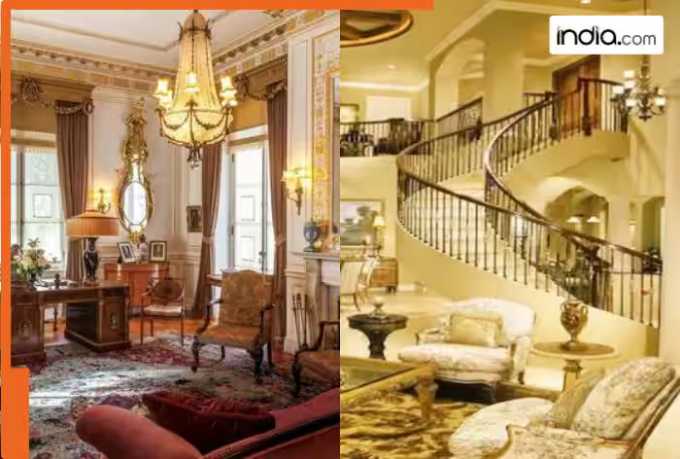Antilia, the luxurious residence of billionaire Mukesh Ambani and his family, stands as a symbol of opulence and innovation. Located in Mumbai’s exclusive Billionaire’s Row, a neighborhood known for some of the world’s most expensive properties, this 27-story, 400,000-square-foot tower is among the costliest private homes globally.
Constructed between 2008 and 2010 at an estimated cost of USD 2 billion (approximately Rs. 16,500 crores), Antilia was designed by the renowned American architectural firm Perkins & Will. The skyscraper boasts a range of exceptional amenities, including a temple, an ice cream parlor, and a six-level garage that can house up to 168 luxury cars. The mansion also features nine high-speed elevators, a grand ballroom, a 50-seat private theater, a swimming pool, a spa, and a health center.
One of Antilia’s most remarkable features is its snow room, capable of producing artificial snowflakes to provide a cool retreat from Mumbai’s sweltering heat, where temperatures rarely fall below 20°C. This unique addition underscores the residence’s focus on unmatched comfort and extravagance.
The residence nearly made its Hollywood debut when Christopher Nolan considered it as a filming location for his blockbuster Tenet. However, strict security measures ultimately ruled out the possibility. Despite its grandeur, reports reveal that the Ambani family occupies just one of the building’s 27 floors. This has sparked debates about the necessity of such a massive structure, especially given its location in close proximity to Dharavi, one of the world’s largest slums.

The site where Antilia now stands has a notable history. It was originally home to the Currimbhoy Ebrahim Khoja Orphanage, established in 1895 and managed by a charity under the Waqf Board. The land was sold to Antilia Commercial Private Limited prior to the construction of the tower, a decision that has drawn criticism from various quarters.
Public figures such as Ratan Tata and filmmaker Prakash Jha have openly questioned the ethics of building such a lavish property in a city grappling with widespread poverty. Tata, in particular, highlighted the importance of using wealth to alleviate social hardships, a sentiment shared by many critics. While Antilia is undoubtedly a marvel of modern engineering and design, its juxtaposition against Mumbai’s socioeconomic disparities continues to fuel discussions about the role of wealth in society.











Leave a Reply